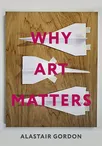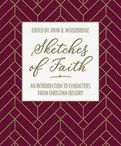Michelangelo's involvement with Reformation circles in Italy was public knowledge in his own lifetime. But recently scholars have begun to analyse Reformed influences in some of his most famous works, many of them commissioned by the papacy itself.
A movement for reform within the Roman Catholic church had been active in Italy from as early as 1485 when Savonarola began to preach in Florence. Some favoured only moral and administrative reform.
But others, like Savonarola, espoused the doctrine of salvation by grace, which they found in the writings of Augustine, and later made contact with Luther and Calvin. The Italian Reformation, however, was always opposed to schism and worked for reconciliation between a reformed Catholic church and the Protestants. The movement flourished until the 1540s when the Inquisition was re-instituted in Italy and the Council of Trent decided to oppose the Reformation head-on.








